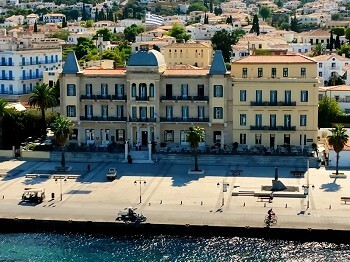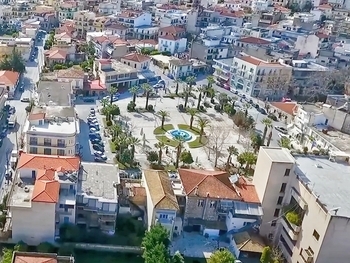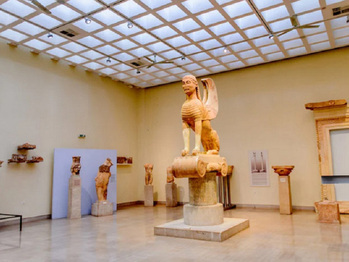Acropolis, an ancient citadel perched atop a rocky outcrop in Athens, Greece, stands as a testament to the extraordinary architectural and historical significance of the region. This UNESCO World Heritage Site has captivated visitors for centuries, offering a window into the past and showcasing the achievements of ancient Greek civilization. In this article, we delve into the enchanting world of Acropolis, unveiling a collection of intriguing facts about this iconic archaeological wonder.
Acropolis: A Greek Word Defined
The term "Acropolis" originates from the Greek words "akron" meaning "edge" or "summit" and "polis" meaning "city." Hence, Acropolis directly translates to "the highest point of a city." Its strategic location atop a rocky hill made it a natural fortress and a visible symbol of power and dominance.
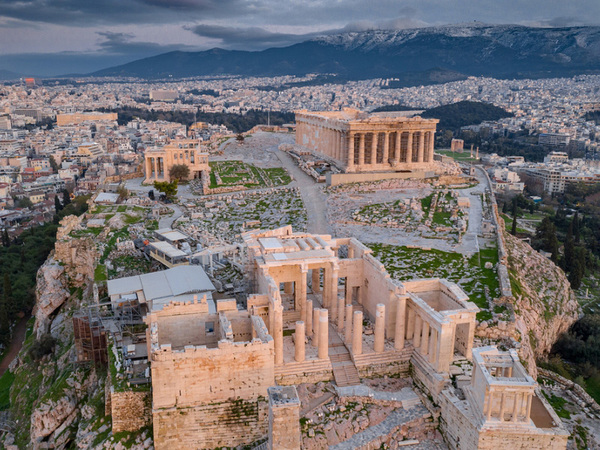
The Majestic Parthenon
The Parthenon, one of the most renowned structures in Acropolis, was built as a temple dedicated to the Greek goddess Athena Parthenos. Designed by architects Ictinos and Callicrates, it is an extraordinary example of Doric architecture. The temple's harmonious proportions and intricate decorative friezes made it an unparalleled masterpiece of its time.
Acropolis' Timeless Beauty
The materials used in the construction of Acropolis have contributed to its endurance through the centuries. The primary building material employed was Pentelic marble, quarried from Mount Pentelicus. This brilliant white marble lends a timeless beauty to the structures and has been an enduring symbol of Greek architecture.
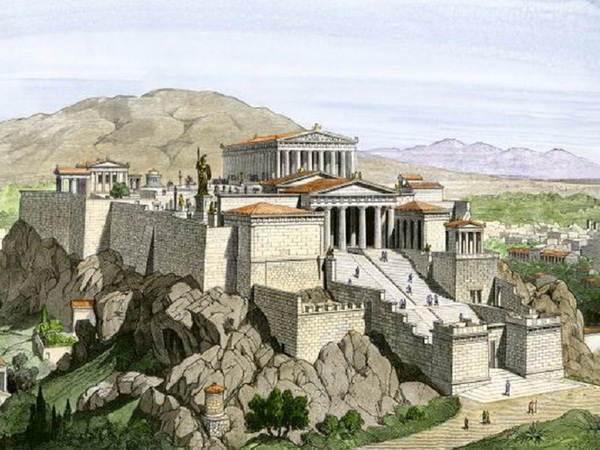
The Elgin Marbles Controversy
The Elgin Marbles, also known as the Parthenon Marbles, are a collection of classical Greek marble sculptures that once adorned the Parthenon and other buildings on Acropolis. They were controversially removed in the early 19th century by Lord Elgin and are currently housed in the British Museum in London. The ongoing debate over their repatriation has garnered international attention.
Theater of Dionysus
Situated on the southern slope of Acropolis, the Theater of Dionysus was the birthplace of ancient Greek drama. It is considered the world's first theater and hosted performances of renowned playwrights like Aeschylus, Sophocles, and Euripides. Today, visitors can still witness the remarkable structure and experience the echoes of ancient theatrical performances.
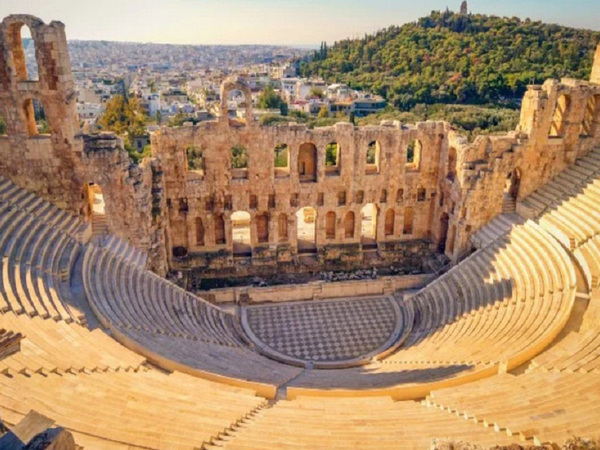
Propylaea: The Grand Entrance
The Propylaea, an imposing monumental gateway, served as the entrance to the Acropolis. Designed by architect Mnesicles, it features an intricate arrangement of Doric and Ionic columns. This monumental structure provided a stunning introduction to the sacred site and emphasized the significance of the Acropolis as the heart of Athens.
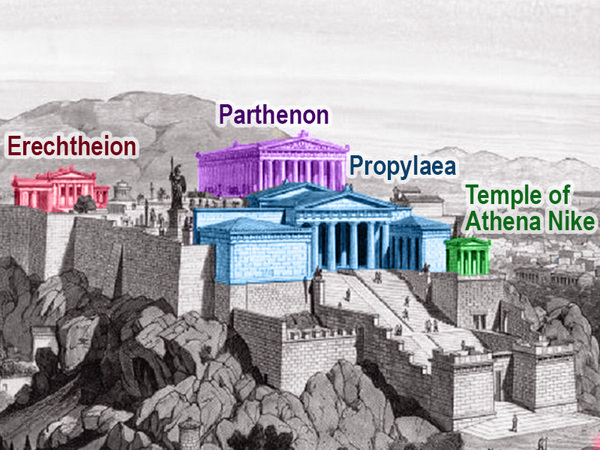
Erechtheion and the Sacred Olive Tree
The Erechtheion, an exceptional Ionic temple, is famed for its iconic porch supported by six female statues known as Caryatids. It was built on the site believed to be the birthplace of the Greek gods Athena and Poseidon. An intriguing feature of the Erechtheion is the sacred olive tree, which symbolized Athena's gift to the city and remains a powerful emblem of peace and prosperity.
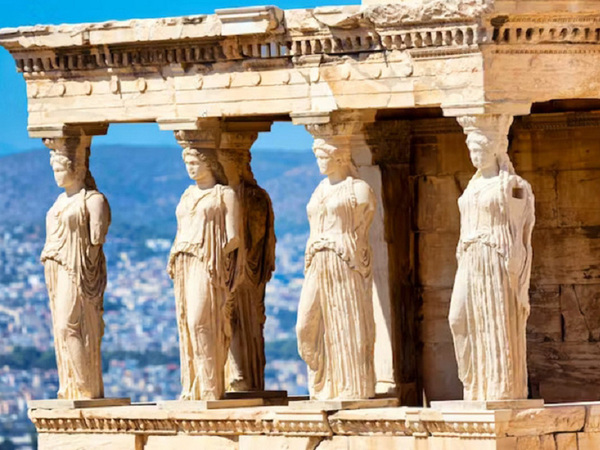
The Temple of Athena Nike
Perched on a bastion overlooking Athens, the Temple of Athena Nike is a graceful Ionic temple dedicated to the goddess of victory. Its intricate frieze depicts various mythological scenes, including battles between gods and giants. The temple's elegant design and strategic positioning highlight its symbolic importance to the Athenian people.
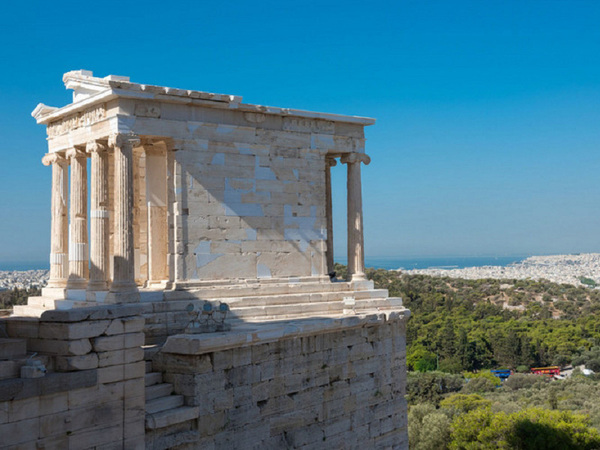
Acropolis, with its extraordinary architectural wonders and rich historical legacy, continues to mesmerize visitors from around the world. The Parthenon, Propylaea, Theater of Dionysus, and other magnificent structures reveal the remarkable achievements of ancient Greek civilization. As a UNESCO World Heritage Site, Acropolis stands as a living testament to the enduring impact of Greek culture and serves as an eternal source of inspiration for art, architecture, and history enthusiasts worldwide.

